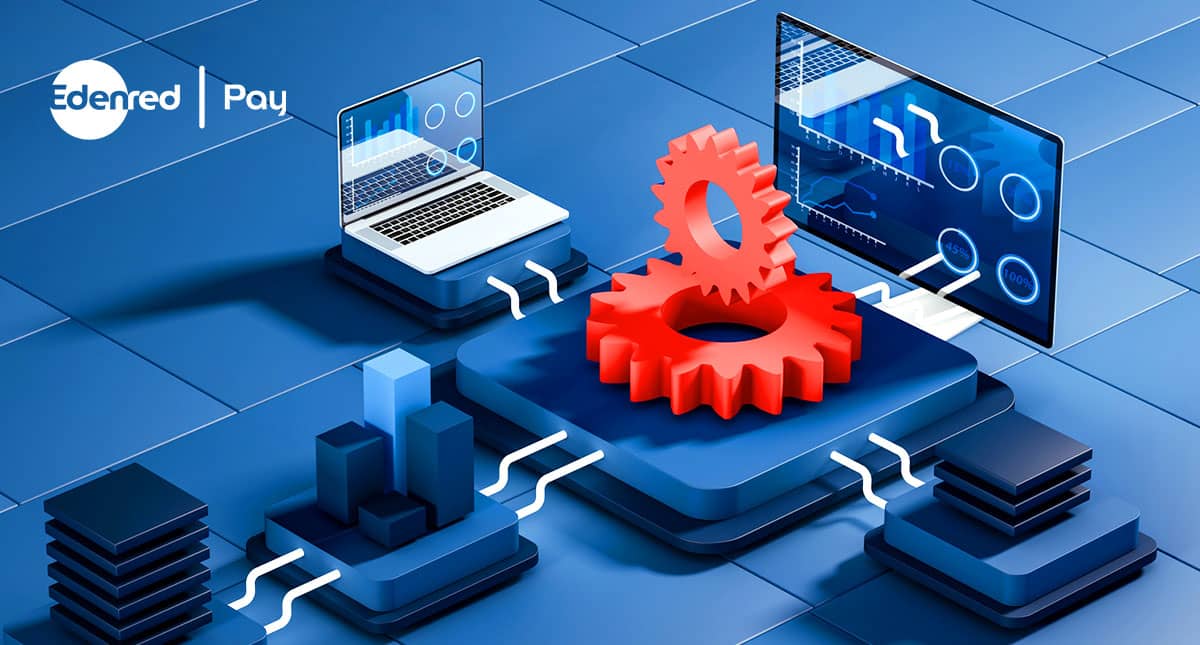Blog
The latest news and insights in Accounts Payable Automation.
text with image
Unlocking Efficiency: How Seamless Integration Transforms the Invoice-to-Pay Process

listing - blogs
Learn more
Contact Us



